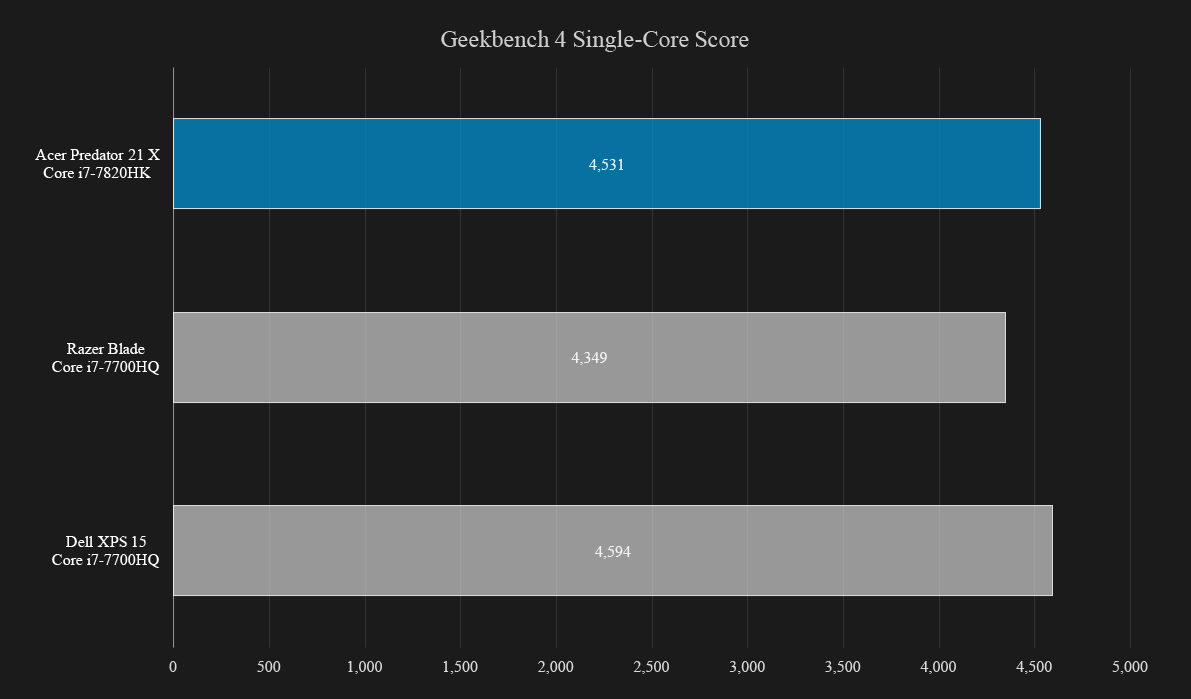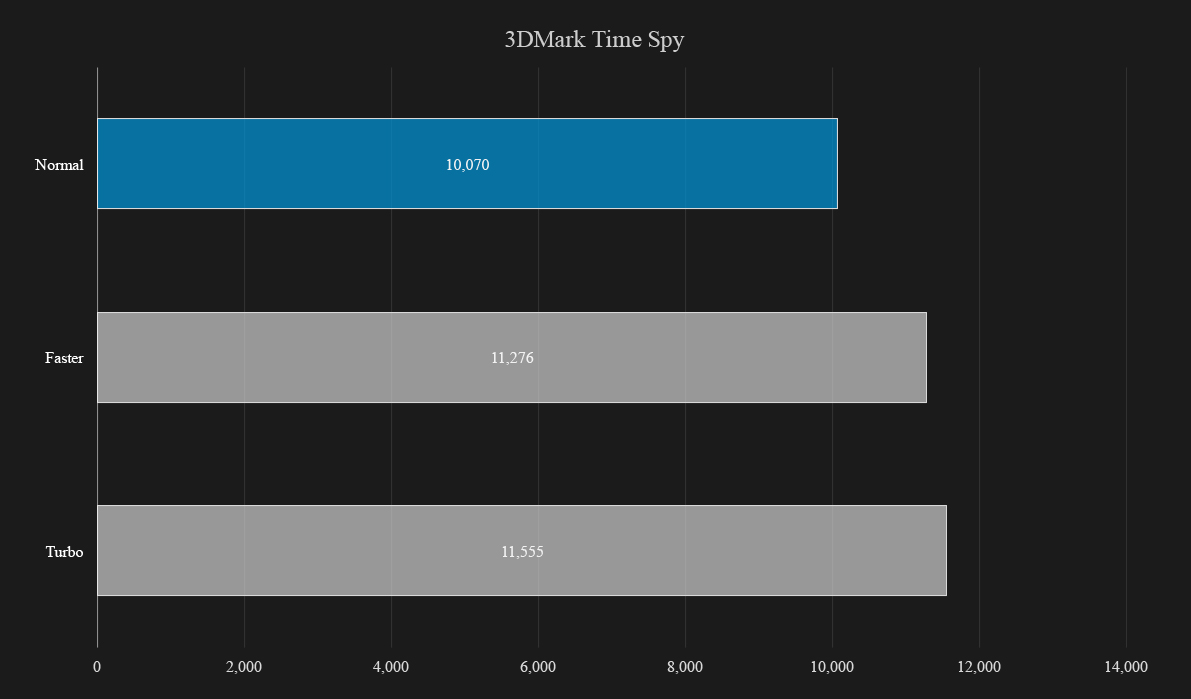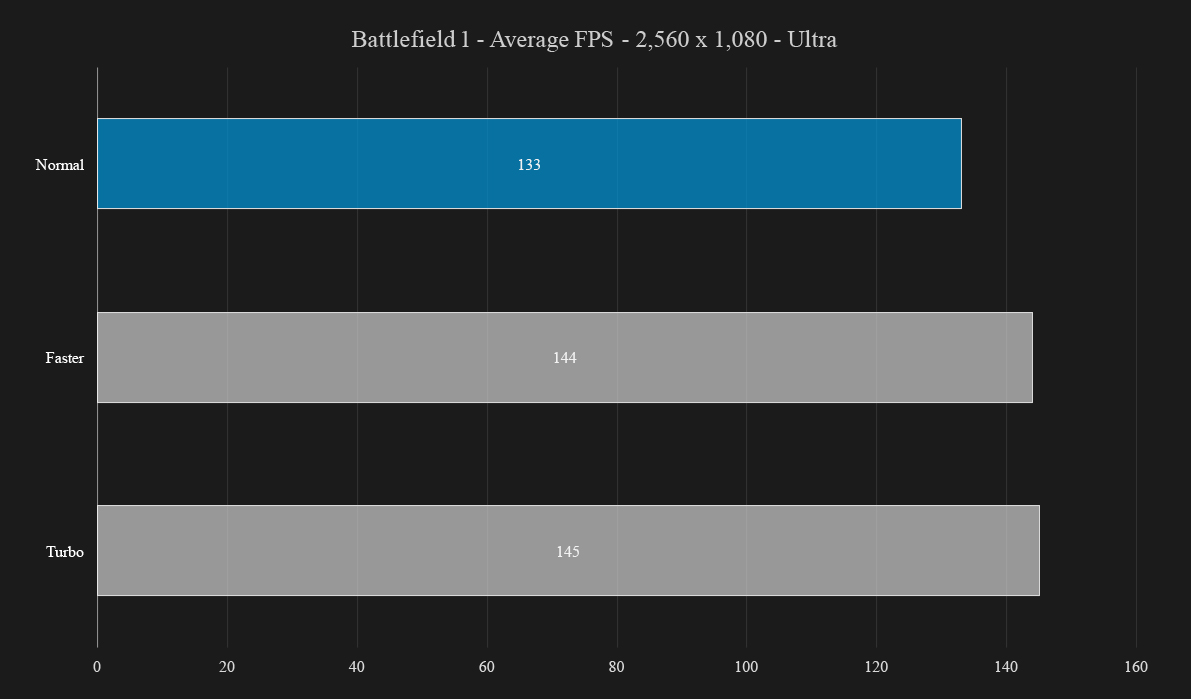We caught glimpses of Acer’s massive Predator 21 X at IFA in 2016, and again at CES in 2017, and both times, Acer insisted this Moby Dick of a system wasn’t just a white whale. Still, it was hard to believe until the humongous, rolling sea-ready case showed up at the Digital Trends office.
Granted, the price is a lofty $9,000, well outside the advisable price range for a single system. While we have one aboard, we’ll run it through our test suite, and see how a pair of GTX 1080s fare packed away under the top deck.
The bunker buster
Since the Predator 21 X is unlikely to fit into your laptop bag, Acer went ahead and included a rolling suitcase. Unlocking a series of heavy duty latches unveiled the system itself, nestled into a custom fit foam insert. Under that, we found more custom holes for the power chargers — of which there are two that fit into a rubber bracket — a palm wrest, which we mentioned to Acer would be a nice inclusion at CES, and the reversible numpad/touchpad.
Standing in front of it, the 21 X looks and feels more like a device built to control a drone or launch a missile, rather than play a video game. Marked by sharp lines and carved out edges, the Predator exudes gamer sensibilities from every panel. The keyboard only takes up the near half of the chassis. The far half features an abnormally large power button, surrounded by a clear panel exposing a RGB-lit blower fan, so you can watch the fan spin up when the device turns on.
Then there is, of course, its crushing weight. The Predator 21 X tips the scales at a shocking 19.4 pounds. That’s far too heavy to carry around, hence the rolling luggage, and most users are likely to only cart the Predator around when totally necessary. Despite all that, it’s arguably easier to move than a desktop, monitor, and peripherals, at least in terms of simplicity and number of items.
Triple feature
The 21 X sports a full-size mechanical keyboard with Cherry MX switches. Each key has a deep well and standard replaceable keycaps, so any desktop PC gamers should feel right at home. The individually lit RGB keys shine a lot brighter around the edge than trough the characters, which makes for tough typing in the dark. The numeric keypad is reversible — turn it over and you’ll find the laptop’s trackpad. The reversible pad panel is held in place magnetically, locking in with a very satisfying clap.
That’s not the only special feature included with the Predator 21 X. It also has Tobii eye-tracking built in. We didn’t spend much time with it in this context, but our full review of Tobii’s stand-alone camera covers the possibilities the technology presents.
Finally, among a number of Acer control panels, users will find the Killer Doubleshot Networking application, which allows the system to split its network traffic between Ethernet and Wi-Fi, prioritizing important traffic on the wired connection, while pushing out extraneous communications to the wireless adapter.
A peek inside
The Predator 21 X sports a 7th Gen Intel Core i7-7820HK, two Nvidia GeForce GTX 1080 GPUs in SLI with 16GB of GDDR5X VRAM, up to 64GB of DDR4 RAM, and room for up to four 512GB SSDs in Raid 0 configuration, alongside a mechanical disk (two SSDs and a 1TB hard disk are installed from the factory). It’s hard to think of a way for Acer to stuff more power into a mobile system.
The Predator has upper and lower maintenance panels, the top of which is user replaceable, with customized options available from Acer. The panels allow easy access to the memory and storage options, should users find a need to upgrade or replace them.
It’s hard to think of a way for Acer to stuff more power into a mobile system.
As implied by the name, all that power is attached to a 21-inch monitor with a 2,560 x 1,080 resolution. Ultrawide monitors have become a hot topic in PC gaming, and this is the first time we’ve seen one executed on a laptop. It’s a beauty, too, boasting a 120Hz refresh rate for buttery smooth gameplay.
There are also a few extra hardware bells and whistles. The 21 X has a six-speaker audio system — four speakers and two subwoofers — with Dolby Premium audio. While they pump out an enormous amount of sound for a laptop, Digital Trends staff members had mixed feelings on their clarity and bass response.
There is one slight internal hiccup — it has an 88 watt-hour battery, which is smaller than what we’ve seen in some new
Speed demon
With all the best hardware possible in a gaming laptop, we expected nothing short of top-notch gaming performance across our test suite. We ran the Predator 21 X through a series of synthetic and real-world tests that should point out any performance issues or bottlenecks.
Simply put, the Acer Predator 21 X hauls ass. The CPU in particular is powerful, and unlocked, but in the base operating mode, it sits right alongside laptops powered by the Core i7-7700HQ, and the Dell XPS 15 even beats it out in terms of single-core performance. It takes a slight lead in multi-core performance, a benefit of its size and total system power.
The Predator claims back a lot of ground in the 3DMark synthetic graphics tests. It competes with the MSI Armor GTX 1080 Ti, which was equipped in our Intel Core i7-6950X test rig, even claiming a higher score in the Time Spy test, where DirectX 12 can make better use of multiple GPUs. It doesn’t quite match the power of two GTX 1080s in a desktop setup, but it certainly comes close, and is by far the most gaming power you can find in a laptop.
Ideally, the pair of GTX 1080s would keep the system running close to the built-in panel’s 120Hz refresh rate, but it only does so in For Honor and Battlefield 1, at least with the details cranked all the way up. It falls behind in Deus Ex: Mankind Divided, but still claims a very high score for this extremely demanding game. The only title that really trips the Predator up is, surprisingly, Sid Meier’s Civilization VI, which doesn’t break 60 frames per second average, even with the settings turned down to medium. It speaks to the demands the Civilization series tends to place on processing power, where the extra cores provided by our desktop machines help bring the frame rate up.
That’s not to say the Predator 21 X is a slouch — far from it. The system pumps out an impressive amount of performance, rivaling full-sized desktop gaming systems in terms of raw frame rate. It takes all that power along with it, too, something that requires a hand truck and a lot of legwork with a traditional gaming machine. It may do it at twice the price, but that’s the cost of portability.
Pushing our luck
While the Predator 21 X comes out of the box operating at modest speeds, it has two modes, controlled through Acer Predator Sense, aptly labeled “faster” and “turbo” for both CPU and GPU. It isn’t clear from Acer’s software exactly how high it raises the clock speeds, although we did see the processor break 4.2GHz at Turbo, well over the chip’s 3.9GHz stock Boost Clock.
Kicking the system into faster mode provided a surprising performance bonus, raising the Geekbench score about 15 percent in single-core, and 25 percent in multi-core. The difference is less striking in games, but still ends up just shy of a 12 percent average increase across all four test titles. Not bad, for the cost of flipping a switch in a program.
Turbo mode raised the performance further, but not by nearly the same measure we saw moving from stock to faster. The synthetic tests barely moved, and at speed, it’s very unlikely users will notice any tangible performance boost during real gameplay. It also caused the system fans to kick up a lot more frequently than in faster mode, which was only slightly louder and hotter than the system under normal operation.
The biggest downside to overclocking a laptop is draining the battery, but the Predator 21 X has a lot going for it in that respect. It’s far too large to spend much time unplugged anyway, and changing the overclock without restarting means it’s easy to turn down the clock and carry it down the hall. Most of this system’s life will be spent in faster or turbo mode.
A buyer is out there
At an insane $9,000 price point, the 21 X is a showpiece, and a stunning one at that. It doesn’t offer anything even resembling a value proposition, as you could easily build two comparable high-end systems with multiple displays for less than the Predator’s list price. It does offer incredible swagger, the kind no high-end desktop would garner.
Users will have to ask a number of questions before considering the Predator 21 X. The first is whether they have $9,000 to spend on a computer, instead of spending that cash on a decent used car, or a high-end desktop and decently portable gaming laptop. The other is whether they really have a need for such an outrageous system, and places to show up with it where people are likely to be impressed with such an investment, rather than incredulous.
Highs
- Beautiful display
- Unbeatable mobile performance
- Full-size mechanical keyboard
- Serious swagger included
Lows
- Weighs almost 20 pounds
- Immensely expensive





















